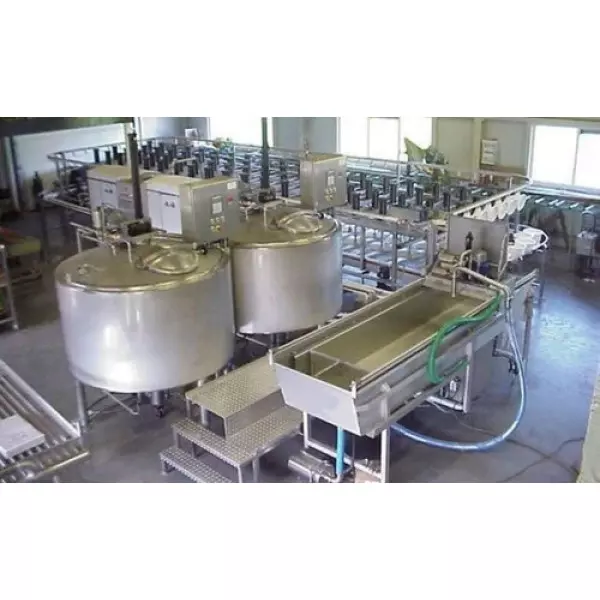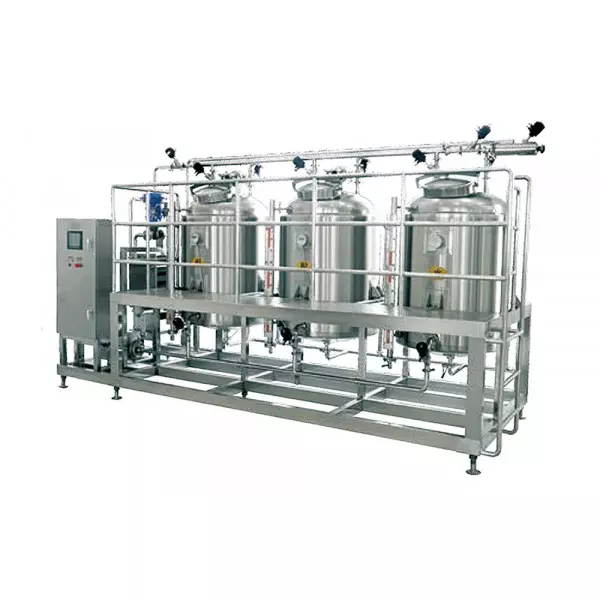- Home
- About Us
- Products
- Cold Storage Room
- Processing Plant
- Equipment
- Ageing Vat
- Ice Cream Pasteurizer
- Continuous Freezer
- Ice Cream Homogenizers
- Ice Cream Plate Chiller
- Automatic Ice Cream Homogenizer
- Fruit Feeder Machine For Ice Cream
- Ice Candy Making Machine
- Milk Homogenizers
- Batch Milk Pasteurizer
- Cheese Paneer Vat
- CIP System
- SS Silos / Storage And Process Vat
- Skid Mounted Milk Pasteurizer
- Sugar Syrup System
- Cheese Stretching & Molding Machine
- Cup Filling Sealing Machine (Curd / Yogurt/ Shrikhand)
- Ice Cream Cup Cone Filling Machine
- Refrigerated Container
- Bulk Milk Cooler (BMC)
- Milk Packing Machine
- Curd Incubation Room
- Butter Milk Stirrer Tank
- Instant Chiller
- Ice Bank Tank
- Industrial Butter Churner
- Ghee Clarifier Machine
- Khoya Making Machine
- Cream Separator
- Automatic Paneer Press
- Steam Jacketed Kettle
- Milk Batch Type Pasteurizer
- Paneer Pressing Machine
- Refrigerated Van
- Weight Bowl With Weigh Scale
- Updates
- Videos
- Gallery
- Contact Us
- E Cataloge
Cheese Processing Plant
Cheese Processing Plant Details
Key Processes
Milk Reception and Quality Control
Fresh milk is received, tested, and stored in hygienic conditions. Quality control is critical to ensure the milk meets the required standards for cheese production.
Pasteurization
The milk is heated to eliminate harmful bacteria, thereby increasing the shelf life and safety of the final product.
Culturing and Coagulation
Specific starter cultures are added to develop the desired flavor, followed by the addition of rennet or other coagulants to form curds.
Curd Cutting and Cooking
Once coagulation occurs, the curd is cut into pieces. The size of the curds is controlled to determine the moisture content and texture of the cheese. Gentle heating may follow to further contract the curds.
Draining and Pressing
The whey is separated from the curds through drainage, often on specialized curd tables. The curds are then pressed to expel additional whey and shape the cheese.
Salting and Aging
Salt is added to enhance flavor, inhibit unwanted microbial growth, and assist in moisture removal. For many cheese types, the product is then aged under controlled conditions to develop its characteristic flavor and texture.
Packaging
Finally, the cheese is cut, packaged, and stored under refrigerated conditions until distribution.
Equipment and Technology
Modern cheese processing plants utilize a range of automated and semi-automated equipment to streamline production, maintain hygiene, and ensure consistency:
Cheese Vats and Curd Cutting Machines: Stainless steel vats and specialized cutters help in uniform coagulation and cutting.
Pressing Equipment: Pneumatic or hydraulic presses ensure uniform shaping and moisture removal.
Automated Cleaning Systems (CIP): Clean-In-Place systems maintain strict sanitation standards by automating the cleaning of processing equipment.
Control Systems: PLC-based (programmable logic controller) systems monitor and regulate temperature, pH, and other critical parameters throughout the process.
Advancements in automation and robotics have also allowed for enhanced efficiency, reduced labor, and improved product quality, making these plants both scalable and highly reliable.
Related Products
Ice Cream Plant
CAPACITY : 100 TO 5000 LITERAn ice cream processing plant is a specialized facility designed for the large-scale produ... Continue
Ice Candy Plants
Product Details:Minimum Order Quantity1 PieceCapacity4 -40 MOULDMachine Body MaterialSS304... Continue
Milk Processing Plant
An automatic milk pasteurization plant is a fully integrated system designed to pasteurize milk on a continuous basis wi... Continue
Paneer Making Plant
Paneer is the most comman ingredient used in traditional cuisine. It is made by curdling milk with derived acid. Paneer ... Continue
Ghee Plant
Ghee a widely used dairy product in Indian Cooking, traditional medicines and religious rituals. Ghee is processed by si... Continue
Juice Plant
Capacity200-2000 LtrMaterialSS 304 Equipment TypeCustomDesign TypeCustomizedMachin... Continue
Curd Plant
Curd is a very well know product in india which is called Dhai. The Curd is prepared by the process of fermentation. Cur... Continue
Batch Freezer
Model2.5 GAL5 GAL8 GALCapacity, L/Hr10L / Batch20L / Batch32L/BatchDasher Motor , KW0.75... Continue
Juice Processing Plant
1️⃣ Fruit Reception & SortingArrival: Fresh fruits (like oranges, apples, mangoes, pineapples) arrive at the p... Continue
Paneer Processing Plant
capacity :300 lph to 5000 lphA paneer processing plant is a facility that produces paneer, which is a type of fresh ch... Continue











